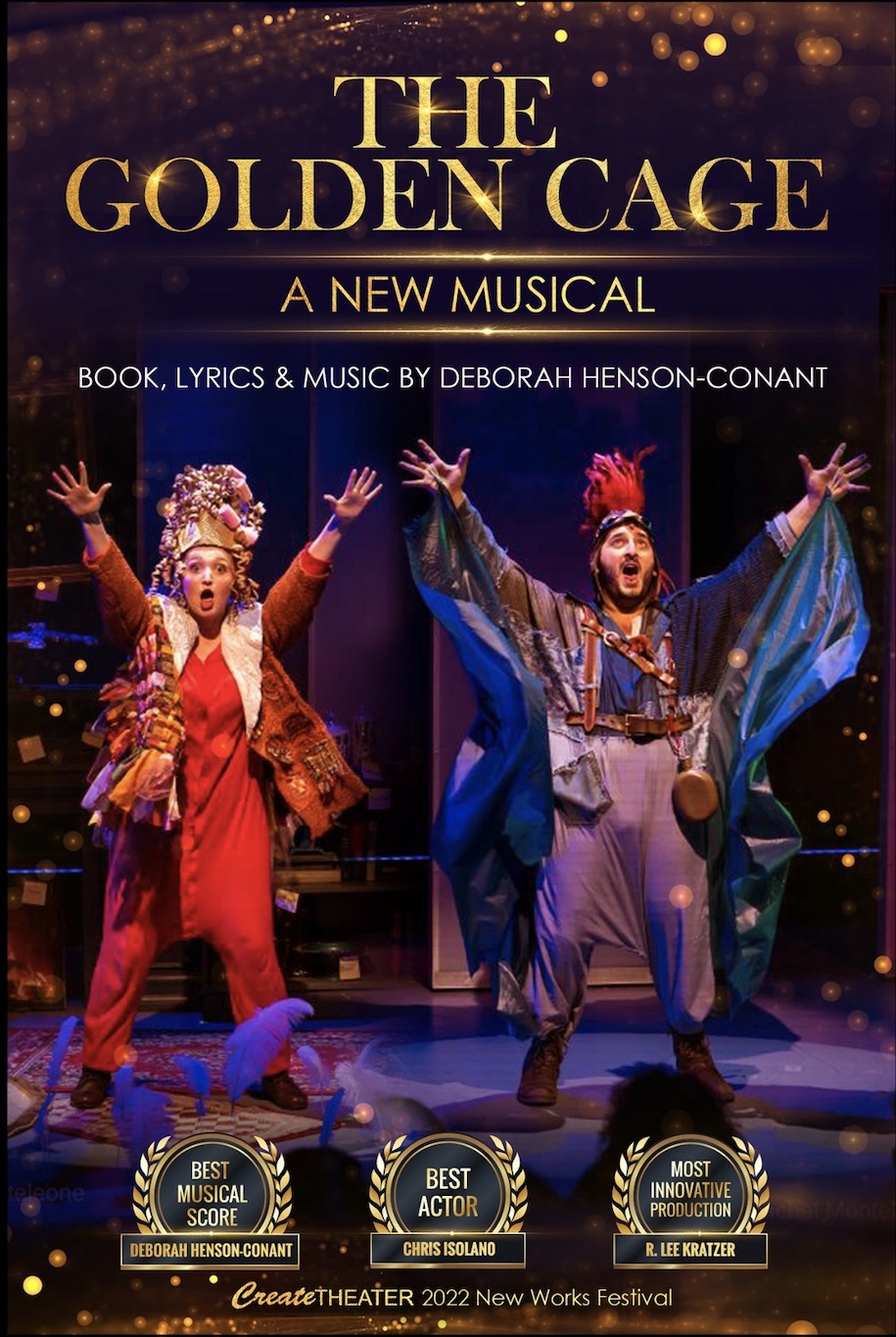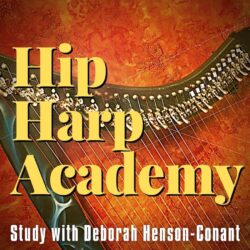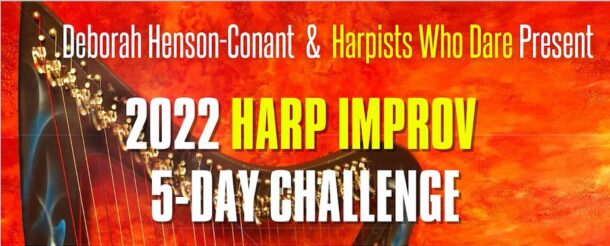When I was in school – college – about the time I started playing the harp, I had an English class in which we studied poetry, including translation. The teacher described the difference between a literal translation of a poem and a poetic translation: a literal translation is the specific words translated literally word for word; a poetic translation seeks to translate the sense and character of the poem – the poetry, rather than the literal meaning.
At the time – and this was a time when I only read non-fiction, on the principle of commitment to knowing the truth above all – I decided that the only true translation of poetry was a literal one.
Years later, I was playing harp professionally and struggling to find my own voice with an instrument that had such a strong stereotype and such a limited published repertoire. After a few years of frustration, I gravitated to jazz, exchanging one kind of structure for another – and finding a kind of freedom that way.
But I still felt confined by the instrument itself. I felt like I was just copying, trying to produce a literal version of other instruments on mine – and I was missing the sense of character that I longed for in the music.
One night a guitarist friend from college stayed over. In the morning I found him sitting at my harp, pushing the pedals in a way that was distinctly non-harpistic. “Hey, check this out,” he said, “you said you couldn’t play a chromatic line here – but look, if you move these three pedals on this side and two on the other, you can do it.”
“But you can’t move three pedals on one side and two on the other,” I said. “It’s not possible on the harp.”
He looked at me for few seconds. “But I just did.”
I started asking other musicians to play my instrument — people who had no idea how to play a harp. Usually they approached it like they would their own instrument: bass players played it like a bass, standing up at the wrong end and thumping the thick bass notes; guitarists played it like a guitar, strumming the mid-range gut strings. None of them played it like a harp.
And I started putting my vocabulary together from what they did. I began to understand that what we think is there – in anything – is only part of what’s really there — that to see the rest you have to deconstruct your idea of what ‘is’ and what it ‘isn’t’ – and once you’ve decided you know what something is, the rest of it, no matter how huge, becomes invisible to you. You sometimes need to trick yourself into seeing it.
So that was my trick: I copied people who didn’t know what they’re doing.
Later, I got better at disconnecting from what I thought the harp was and what it could do. I’d ask my bass player to play a lick I wanted to learn, and rather than copying the notes, I would copy the ‘sense’ of it, the movement, the gesture. I discovered that specific notes that create a fluid gesture on one instrument, can be awkward and stilted on another – but if you let go of the literal notes, and focus on the sense and feeling of the gesture, you can find a way to bring the character alive. You just have to make a poetic translation.






Joann was just telling me about a workshop she attended last weekend, at which the presenter commented that while some things (he was talking about myths and such) might not be historically accurate, they could still be poetically accurate – seems like a similar concept.
Yes, I agree. I suspect this happens all over the place in life, art – wonder what it looks like in business? (A poetically hostile takeover?)
Really interesting stuff – I’m also struggling a bit to break out of the confines of playing “properly”, and trying to do new things with the instrument. I also find that when non-harpist musicians approach my harp, they come up with things I’d never have thought of. Thank you for your thoughts on this.
Extracting the life lessons that lurk in the experiences we have is a precious thing. Your post is an exemplar of the art.
Interesting approach…
I remember a friend was complaining about how hard it is to get the harmonics on the harp, and how she is jealous of the guitarists who can do the harmonics by barely touching the strings.
At one point I had a guitarist friend who was ‘playing’ my harp, and he was playing harmonics, the way they do in guitar. It produced the same pitch, but in a very different style.